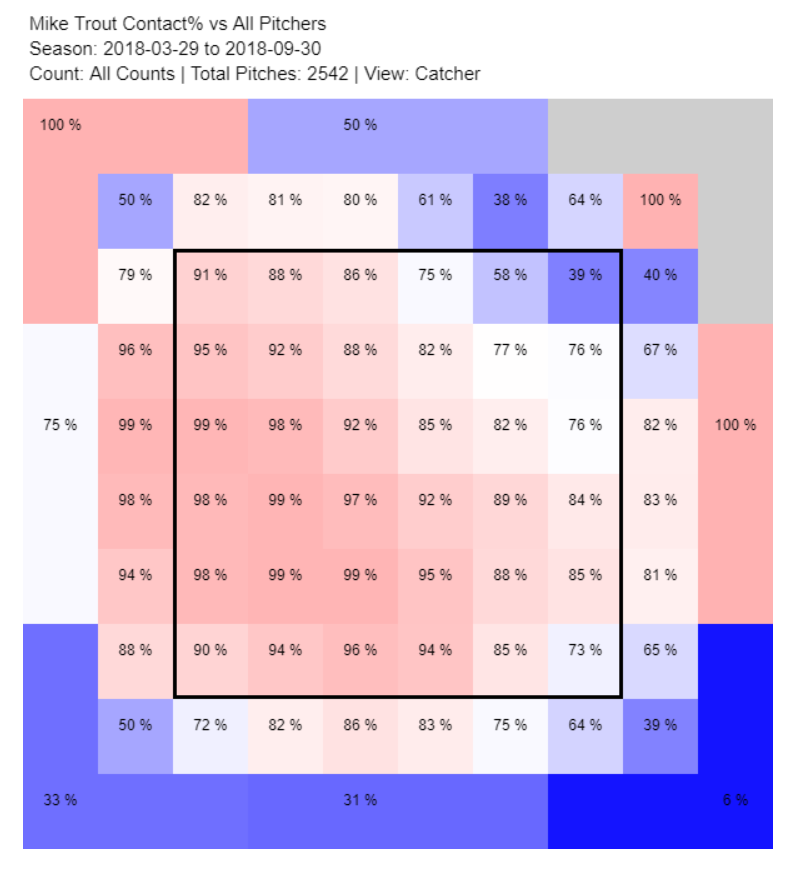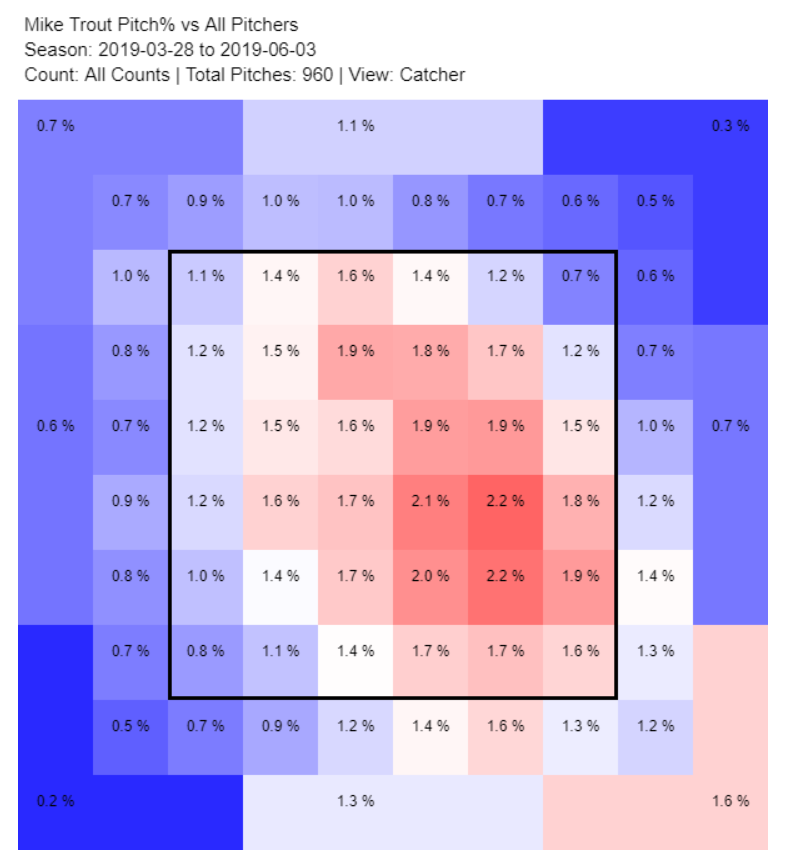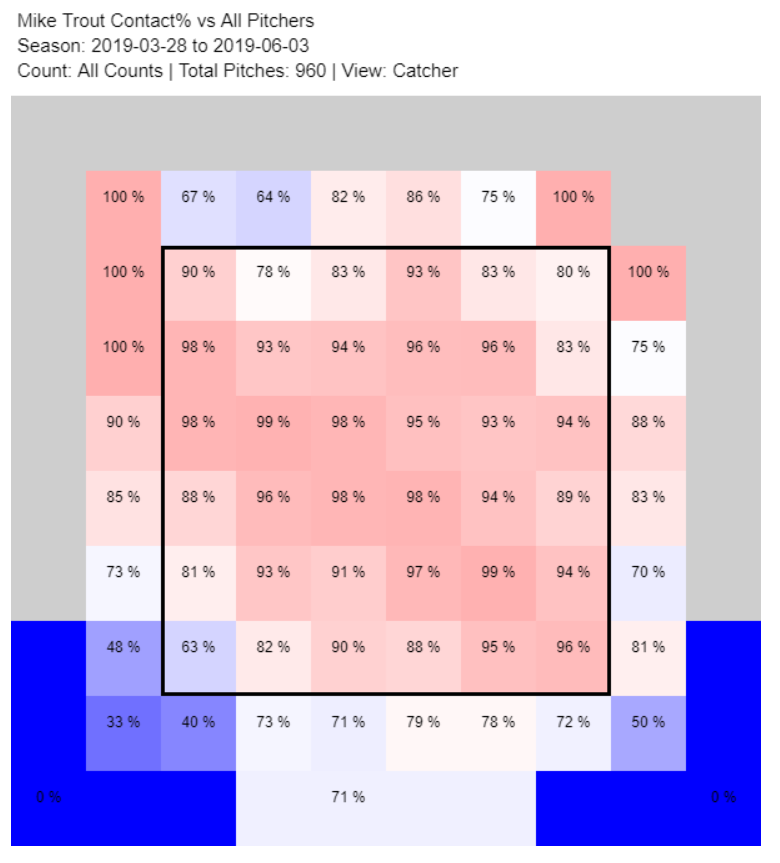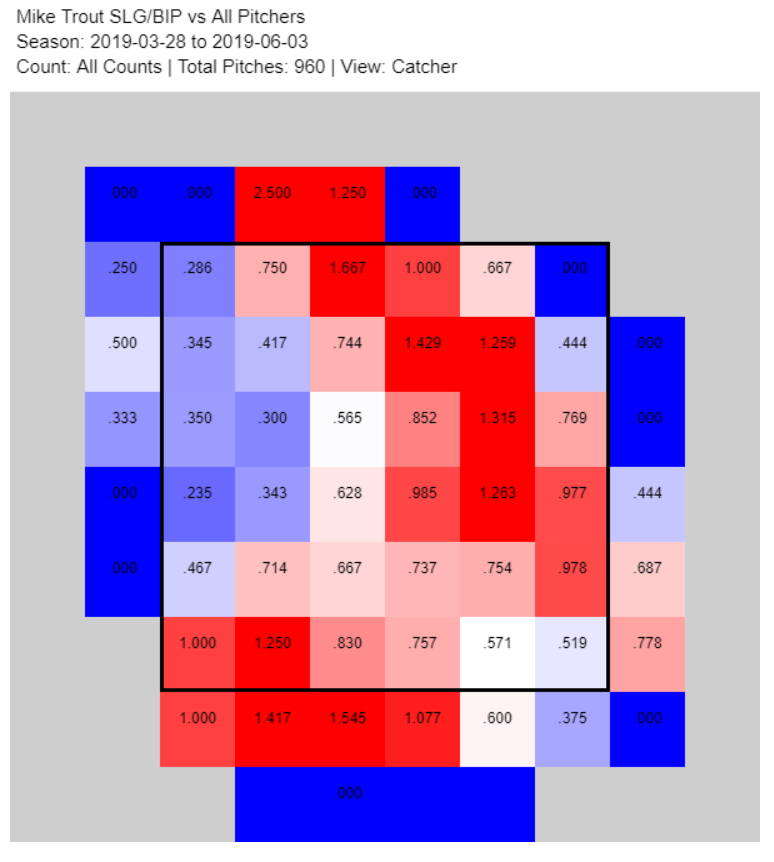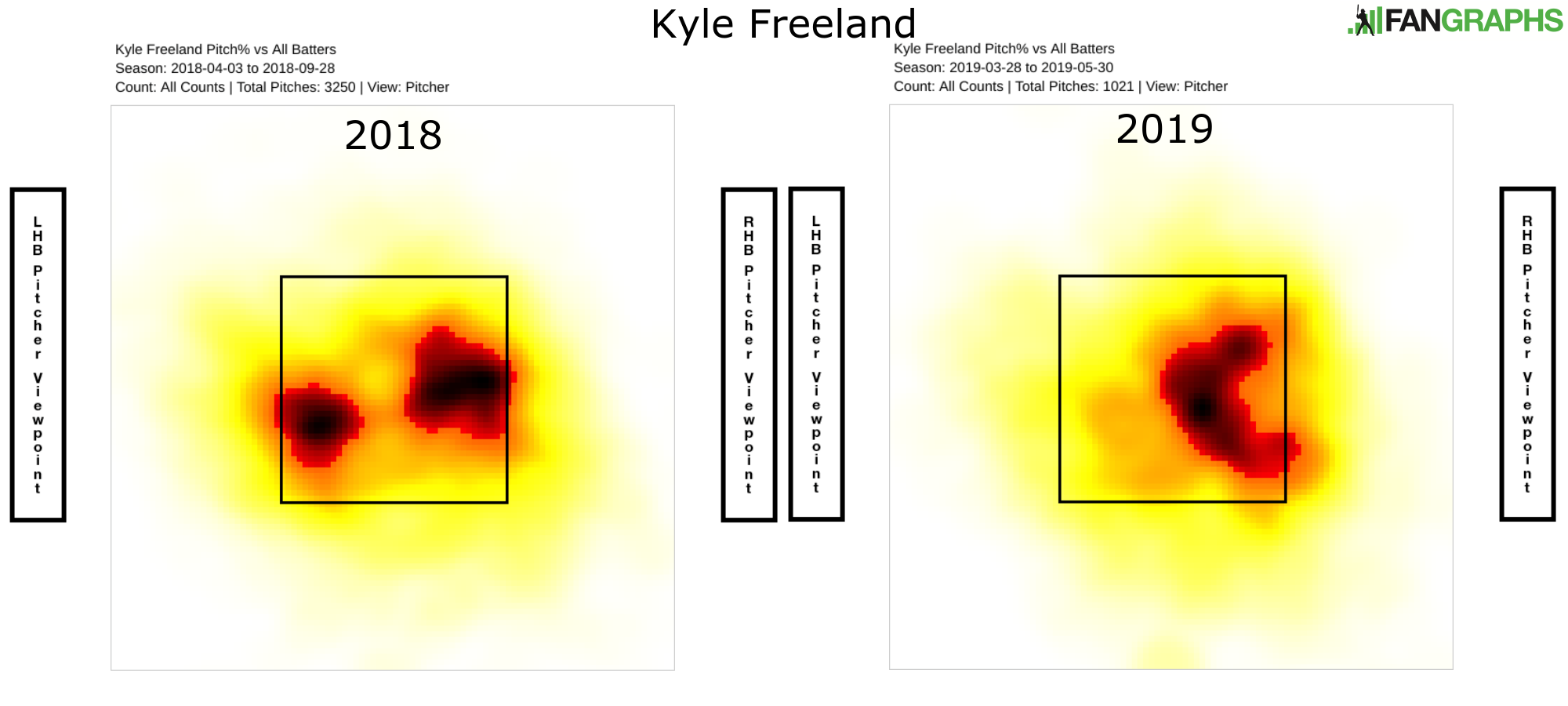Welcome to the Cold A/C League
Nothing says more about the state of Major League Baseball in 2019 than the fact that one of the biggest stories during the MLB Draft is the possible signings of two of last winter’s biggest name-brand free agents. Unencumbered by the signing team’s loss of draft picks with the conclusion of the MLB Draft, Dallas Keuchel and Craig Kimbrel have suddenly become a lot more exciting to clubs.
While it’s become commonplace to point to these non-signings as proof of MLB’s broken system of player compensation, I’m not actually buying it. Not that I’m disputing that there’s a serious issue, but I’d argue that the signings that are most problematic are when players like Ozzie Albies feel the need to take pennies on the dollar in their early twenties just so they can guarantee getting some of the win-related revenue they generate.
For free agents that aren’t elite contributors, I don’t think there’s any financial system that puts the genie in the bottle. Teams may not generally use straight WAR measures as unerring scripture, but they are more widely aware — even the teams run relatively poorly — of the limited impact of any one player. Mike Trout, as amazing as he is, isn’t the LeBron James of baseball, because the very design of the game itself prevents any one player from having as much of an impact on a team as LeBron or Steph Curry or James Harden or Tom Brady or Patrick Mahomes.
The demands of the players matter as well. It was widely reported over the winter that Craig Kimbrel was looking for a contract worth over $100 million for six years. While you’ll never get these rumors backed up with ironclad verification, nobody I’ve talked to inside baseball about Kimbrel’s demands has done anything but accept that as his camp’s demands.
At his best, Kimbrel was possibly the most dominating reliever of this generation, arguably even better than Mariano Rivera at his best (remember, what made Mo special wasn’t just how good he was, but how good he was for two decades). Baseball’s system no doubt underpaid Kimbrel — and the system for cost-controlled player needs serious addressing — but the Yankees or Red Sox or Cardinals or whichever team signs him has no interest in “making up” missing dollars to him that the Braves didn’t have to pay. Read the rest of this entry »

